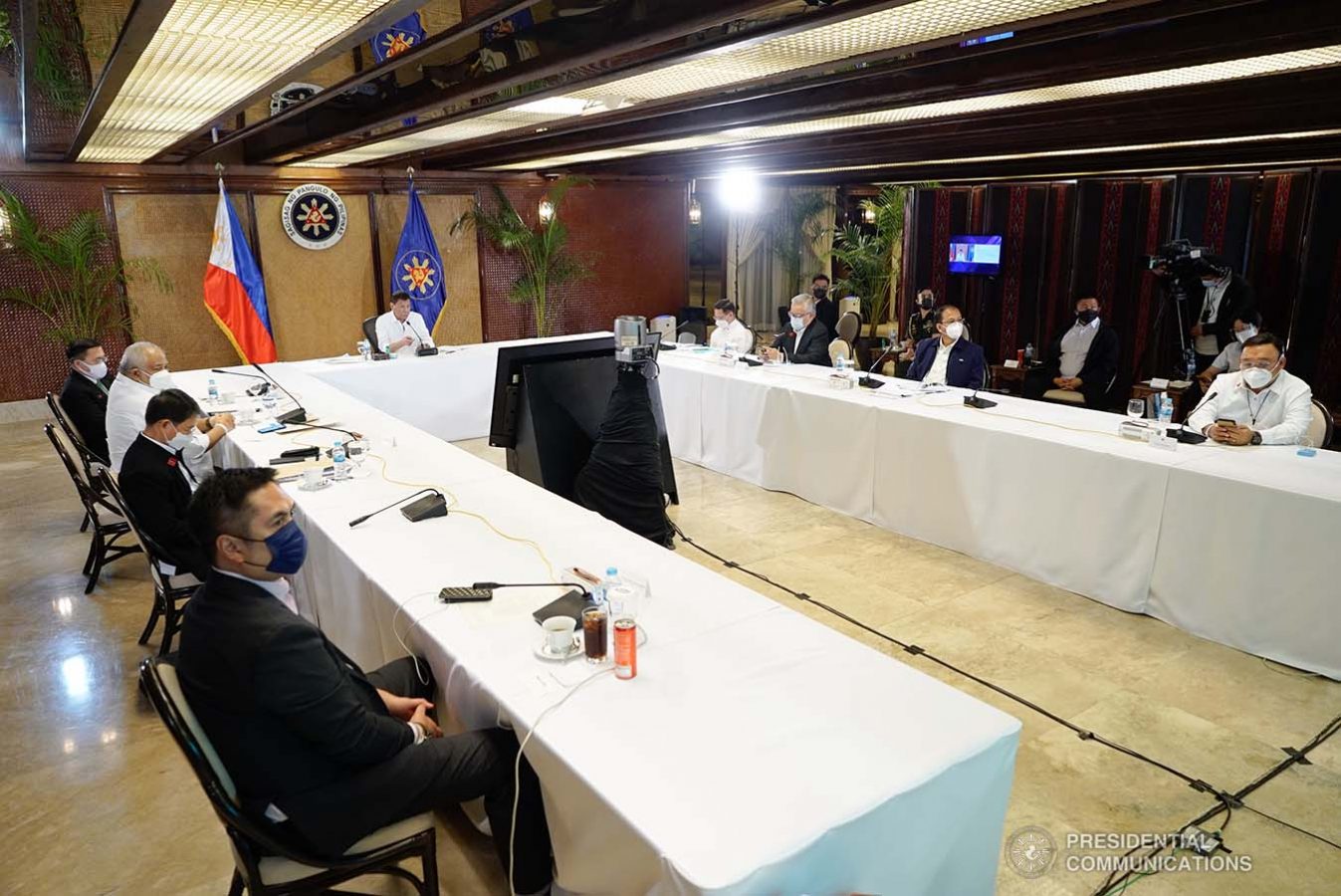
The country’s economic growth this year and next year remain encouraging if the Philippines posts substantial growth rates to weather the effects of the coronavirus pandemic, the government’s socio-economic planning secretary said.
“And if we grow by four to five percent po this year, next year po seven to nine percent, ay makakaiwas po tayo sa mga long-term scarring effect ng pandemic at makakabalik po tayo sa pre-pandemic level by the end of 2022 or 2023,” National Economic and Development Authority (NEDA) Director-General and Socio-economic Planning Secretary Karl Kendrick Chua said in his report to President Rodrigo Roa Duterte aired on Wednesday.
Chua identified three enablers for the country’s recovery: immediate implementation of vaccination program, safe reopening of the economy and adherence to health protocols and the full implementation of the Recovery Program.
The NEDA chief also reported the agency’s major contributions to the Duterte administration in the past five years.
These include strong economic management, implementation of the National ID, Rice Tariffication Law, infrastructure, and ease of doing business.
The Philippines’ economic growth rate has an average of 6.6 percent from 2016 to 2019, before the onset of the COVID-19 pandemic, according to Chua.
“Nakita po rin natin ang pinakamababang antas ng unemployment at underemployment rate, at ‘yung pinakamababang poverty rate sa ating kasaysayan,” he said.
“At ang totoo po ‘yung ating pangako na maiangat ang anim na milyong Pilipino mula sa poverty or kahirapan ay na-achieve po natin in the year 2018, four years ahead of our schedule.”
In terms of job creation, the government was able to balance COVID and non-COVID concerns, and has created 2.5 million jobs for the economy since the start of the pandemic.
Although the average 6-percent socio-economic growth rate dropped last year as a result of the pandemic, Chua said the country has seen improvement in its gross domestic product (GDP) growth in the second quarter with an 11.8 percent GDP growth.
The NEDA head also reported developments in the country’s infrastructure. Under the Duterte administration, he said the government tripled its spending on infrastructure such as roads, rail system, irrigation and other facilities.
In the previous years, the government spent less than P100 to P200 billion on infrastructure. But in the final year of the Duterte administration, spending has reached more than P1 trillion per year except in 2020 when COVID-19 pandemic affected the country.
The NEDA Board, he said, approved 79 major infrastructure projects amounting P3.9 trillion, resulting in 6 million jobs over the construction period.
“Ito ay isang dahilan kung bakit bumaba ang unemployment at poverty rate natin,” he added.
Also, the adoption of Ease of Doing Business under the present administration became instrumental in improving the country’s global ranking.
The international community recognized this reform, Chua said, adding the World Bank (WB) upgraded the Philippines’ ranking from 124th to 95th or 29-notch improvement. It also benefitted ordinary businesses especially micro and small businesses, he noted.
At the same time, the head of NEDA said another major contribution of the agency was the signing in 2019 of the Rice Tariffication Law.
Its implementation resulted in the drop in rice prices from a peak of P45 per kilo before the Rice Tariffication Law to as low as P37.66 per kilo.
The law also aided Filipino farmers through the Rice Competitiveness Enhancement Fund, which increased rice productivity per hectare from 3.6 metric ton per hectare to 4 metric ton per hectare or additional income of P7,000 for every hectare.
“Ang totoo po nito, iyong third quarter po ng 2020, 3.5 million metric ton or 15 percent growth ang improvement sa ating rice production,” Chua said, projecting 1.2 million people will be out of poverty and 2.1 million being saved from hunger. PND

